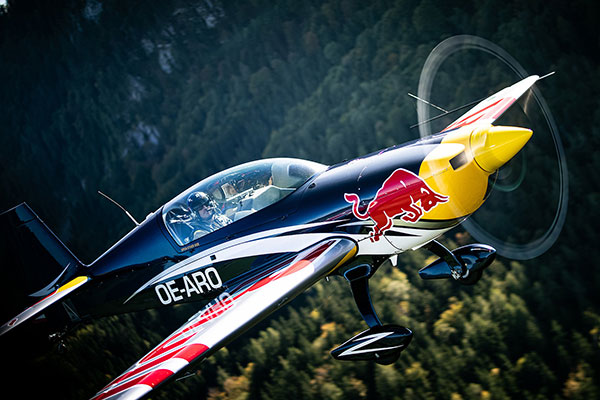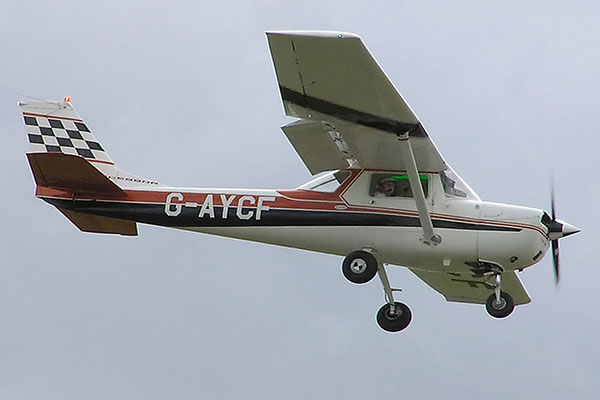
AH-64 APACHE
July 25, 2022
EXTRA 300
July 25, 2022The Cessna 150 is one of the most popular flight trainers of all time. Cessna offered two model choices for the 150: the Commuter and the Aerobat which was basically the same plane but structurally reinforced for aerobatic flying and with quick-release door pins installed. The 150 is a two-seat plane with tricycle landing gear, meaning that the third wheel is located beneath the nose rather than the tail.
Cessna manufactured the 150 from 1959 until 1977. In all, they produced 22,138 of the Cessna 150’s in the United States, with an additional 1,764 of the airplanes produced in France. The aircraft manufactured in the States were built with a Continental O-200 100 HP engine whereas the 150s built in France came with a slightly more powerful Rolls Royce/Continental 0-240A 130 HP engine.
Throughout its manufacturing life, the 150 received constant modifications and improvements from Cessna. A new propeller was introduced in 1962 that offered more speed and greater climbing ability. In 1964, the Cessna 150 received its first rear window. A year later, Cessna replaced the bench seat with bucket seats. Some 150 owners have installed aftermarket vortex generators to reduce the stall speed. An FAA-approved fuel kit conversion is available that makes it possible for the 150 to burn automotive gas instead of aviation fuel (avgas). This can be advantageous because of the higher cost for avgas and in locations where only automotive fuel is available.
Though the Cessna 150 is a smaller, older aircraft than many others flying today, it has held its value and is considered a good investment for beginner pilots or for those who don’t need to fly anywhere in a hurry. Because they burn only about six U.S. gallons per hour, they can be flown relatively cheaply as compared to most other airplanes.
Maximum speed: 122 mph Cruise speed: 123 mph Range: 366 nm Ceiling: 14,000′ Length: 24′ 9″ Wingspan: 33′ 4″ Height: 8′ 6″ Maximum weight: 1,600 pounds Empty weight: 1,111 pounds Take off roll: 735′ Landing roll: 445′ Engine(s): one 100 hp Continental O-200-A Rate of climb: 670 feet per minute Crew: one pilot and up to one passenger Fuel burn: 6 gallons per hour



